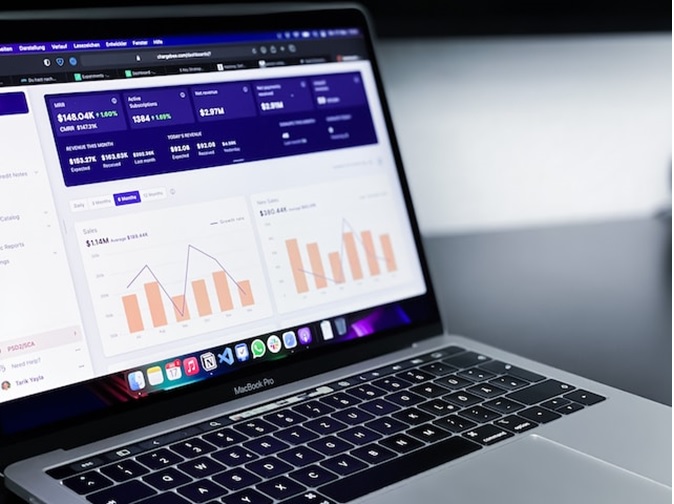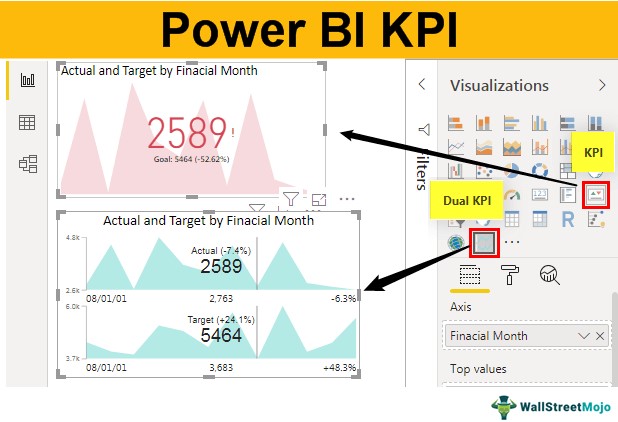How to develop a successful business intelligence strategy?
Developing a successful business intelligence (BI) strategy requires careful planning and execution. Here are some steps to consider when developing a BI strategy:

Figure 1. Business Intelligence
Define your business objectives:
Start by identifying your organization's goals and objectives. Understand what information is required to achieve these goals and what business questions need to be answered.
Identify data sources:
Identify the data sources required to support your BI strategy. This may include data from internal systems such as ERP, CRM, and financial systems, as well as external sources such as social media and market research.
Choose the right BI tools:
Choose the right BI tools based on your business requirements. This may include tools for data visualization, reporting, data mining, and predictive analytics.
Establish a data governance framework:
Develop a data governance framework that includes policies and procedures for data management, data quality, and data security. This ensures that data is accurate, reliable, and secure.
Build a data warehouse:
Build a data warehouse or data mart to store and organize data for BI purposes. This provides a central repository for data and makes it easier to access and analyze data.
Develop a data integration strategy:
Develop a data integration strategy that enables you to integrate data from multiple sources. This may involve data extraction, transformation, and loading (ETL) processes.
Ensure data quality:
Ensure data quality by implementing data cleansing and validation processes. This ensures that data is accurate, complete, and consistent.
Create a data-driven culture:
Create a data-driven culture within your organization by promoting the use of data in decision-making. This involves educating employees on the value of data and providing them with the tools and resources they need to use data effectively.
Monitor and evaluate:
Monitor and evaluate your BI strategy on an ongoing basis to ensure that it is delivering the expected results. This may involve tracking KPIs and metrics, conducting user surveys, and reviewing performance reports.
References:
- https://www.predictiveanalyticstoday.com/top-guidelines-for-a-successful-business-intelligence/
Cite this article:
Hana M (2023), How to develop a successful business intelligence strategy?, AnaTechMaz, pp.51















